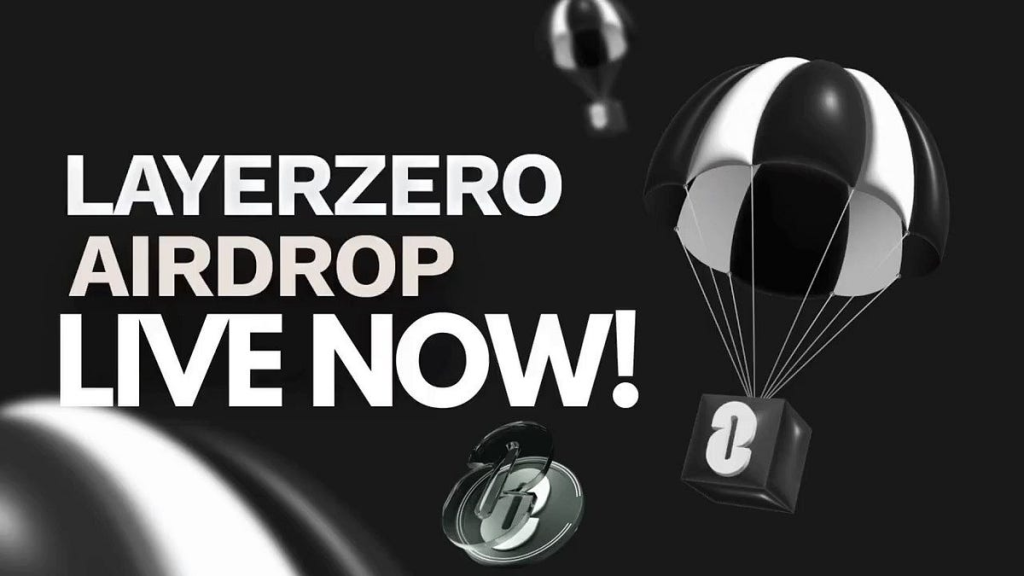The LayerZero Airdrop has turned into a main point in the fast growing landscape of decentralized finance (DeFi), signaling an impressive way of small circulation and community engagement. LayerZero, a method that seeks to provide scalable, decentralized, and high-performance infrastructure for DeFi programs, presents the airdrop as a means to inspire and reward their user base.
At their key, the LayerZero Airdrop was created to distribute governance tokens, frequently denoted as LZR tokens, right to neighborhood members. These tokens confer voting rights and decision-making power within the LayerZero environment, developing a decentralized governance model. By participating in the airdrop, users become integrated contributors to the protocol’s progress and progress, aligning with the concepts of decentralization and community-driven innovation.
Involvement in the LayerZero Airdrop generally requires conference particular standards, such as for example keeping the very least amount of LayerZero tokens or actively engaging with the protocol. This strategic strategy encourages sustained neighborhood engagement, ensuring that people who contribute meaningfully to the ecosystem have a voice in their governance. The airdrop hence provides as a link between person involvement and decentralized decision-making.
The distribution of LZR tokens through the airdrop not just democratizes governance but also aligns the incentives of small cases with the long-term achievement of LayerZero. By getting stakeholders through the airdrop, consumers get a vested curiosity about the protocol’s progress, fostering an expression of control and loyalty. This symbiotic relationship strengthens the ties between the task and its community, producing a foundation for sustainable growth.
The LayerZero Airdrop stands out because of its give attention to scalability and high-performance infrastructure, important components in the DeFi space. As a project that aims to handle the difficulties of scalability while sustaining decentralization, LayerZero’s airdrop becomes not really a circulation of tokens but an invitation to definitely participate next era of decentralized applications.
Beyond governance, the LZR tokens spread in the airdrop enjoy a essential position in the LayerZero ecosystem. They could be attached, giving holders with extra incentives and rewards. This mechanism promotes liquidity and guarantees an active and engaged community, developing a good feedback trap that advantages both project and their participants.
Participating in the LayerZero Airdrop isn’t layerzero airdrop simply about obtaining tokens; it’s a way to form the continuing future of decentralized finance. The airdrop empowers consumers, turning them from inactive observers in to productive contributors and decision-makers within the LayerZero ecosystem. That power aligns with the broader ethos of DeFi, where decentralization, inclusivity, and community-driven advancement are in the forefront.

In conclusion, the LayerZero Airdrop presents a forward-thinking approach to small circulation, combining governance incentives with a commitment to scalability and high-performance infrastructure. Because the DeFi landscape remains to evolve, the LayerZero Airdrop stands as a testament to the major potential of decentralized technologies in reshaping conventional financial structures and fostering a more inclusive and participatory economic ecosystem.
